At A Glance

KYO SO PAR TAL!
The following information have been carefully selected for your reference. Some resources may have bias perspectives. Please approach the SMU Libraries (library@smu.edu.sg ) should you have any doubts or need clarifications.
These videos show the distinct cultures, belief, values, and norms of Myanmar.
Local Culture
-
Living in ASEAN CountriesEach ASEAN country has its history, language and dynamism. Find out the way of life, customs in each of the ASEAN country.
-
Overall Cultural Life in MyanmarFind out more about the cultural life in Myanmar.
-
Religions and Beliefs in MyanmarFind out more about the various religions in Myanmar.
-
Percentage of Religions in MyanmarFind out the percentage of each religion in Myanmar.
-
Ethnic Groups in MyanmarFind out more about the ethnic groups in Myanmar.
-
Percentage of Ethnic Groups in MyanmarFind out the percentage of ethnic groups in Myanmar.
-
Spoken LanguagesThe official language is Burmese, spoken by the people of the plains and, as a second language, by most people of the hills. After independence, English ceased to be the official language, and after the military coup of 1962, it lost its importance in schools and colleges. An elementary knowledge of English, however, is still required, and its instruction is again being encouraged.
-
DelicaciesExplore the many flavours Myanmar has to offer.
-
Myanmar’s famous landmarksEach brochure and pamphlet is packed with informative summaries and highlights of various areas of Myanmar to help you get the best experience of the places you visit.
-
Myanmar Events & FestivalsFind out interesting local festive celebrations and events throughout the calendar year in Myanmar.
Popular Sports
Football (Soccer), golf, sepak takraw, and cricket
Traditional Sports
ChinLone (Sepak takraw) — also known as caneball, is the traditional sport of Burma or Myanmar.
Lethwei — an unarmed Burmese martial art similar to other kickboxing styles from the region.
Myanmar Thaing — a Myanmar Martial Art.
Bullock Cart Races
Boat racing
Discover the vibrancy of the Myanmar cuisine and how it reflects the country’s diverse population and history.
'Feel Myanmar' is a well known restaurant in Yangon, Myanmar, that serves delectable Burmese/ Myanmar cuisine.
Explore into the lives of Burmese liner crew members and discover the pleasures of their life spent at sea.
Delicacies
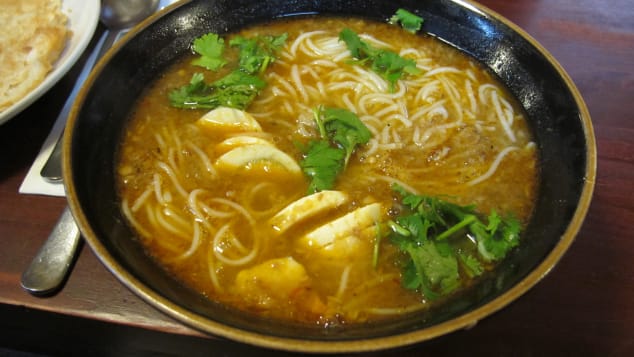
Mohinga
It's beloved as a breakfast dish, but, sold by mobile vendors, it's a common snack at any time of day or night. Myanmar's unofficial national dish is mohinga -- fine, round rice noodles served in a hearty, herbal fish-and shallot-based broth, often supplemented with the crunchy pith of the banana tree.

Nangyi thoke
The Burmese love "dry" noodle dishes -- essentially noodle-based "salads" with broth served on the side -- and perhaps the tastiest and most ubiquitous is nangyi thoke. The dish takes the form of thick, round rice noodles with chicken, thin slices of fish cake, par-boiled bean sprouts and slices of hard-boiled egg.
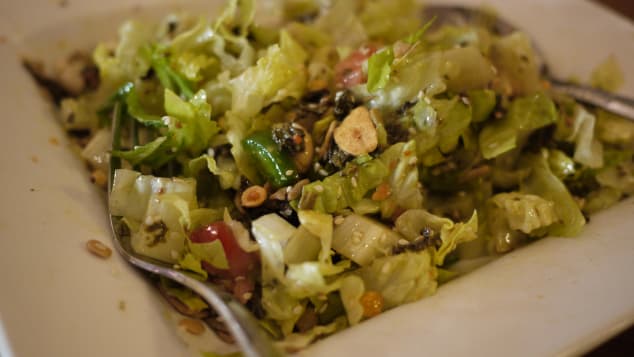
Tea leaf salad
The tart leaves are eaten on their own, typically as dessert, but they're also served in the form of lephet thoke, a salad of pickled tea leaves. To make the dish, the sour, slightly bitter leaves are mixed by hand with shredded cabbage, sliced tomatoes, crunchy deep-fried beans, nuts and peas, a splash of garlic oil and pungent slices of chili and garlic.
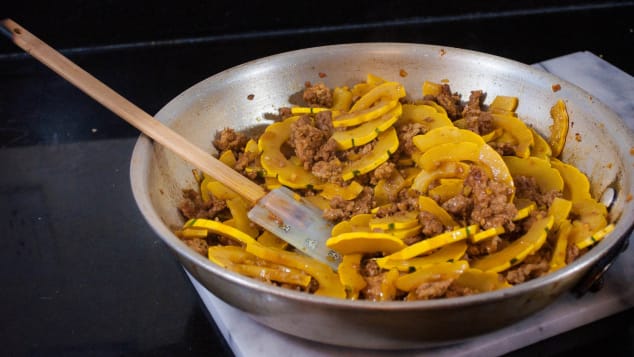
Burmese curry
A visit to a traditional Burmese restaurant is more than just a meal, it's a culinary experience. These include rice, a tart salad, a small dish of fried vegetables, a small bowl of soup and a large tray of fresh and par-boiled vegetables and herbs to be eaten with various dips. Dips range from ngapi ye, a watery, fishy sauce, to balachaung, a dry, spicy mixture of chillies, garlic and dried shrimp fried in oil. At a Muslim-run curry shop, the soup might be a combination of lentils and root vegetables, while the sides might include a few crispy pappadum.
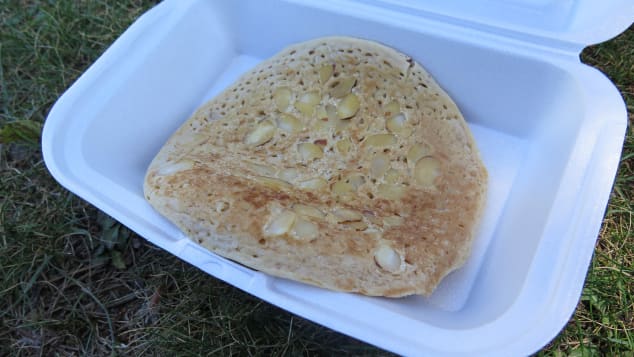
Burmese sweet snacks
Burmese sweets, known collectively as "moun," aren't consumed as dessert but rather as snacks, typically taken with tea in the morning or afternoon. Moun aren't generally packed with sugar, instead getting their sweet flavors from ingredients such as grated coconut, coconut milk, rice flour, cooked sticky rice, tapioca and fruit.
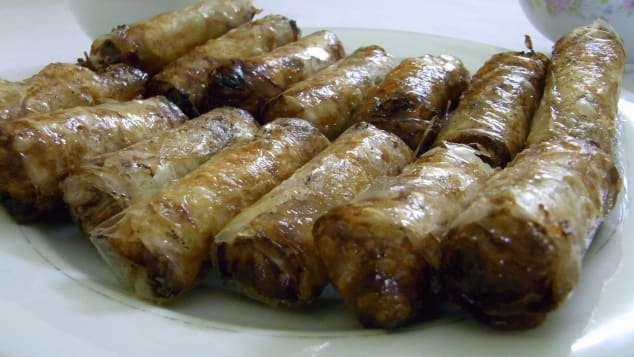
Deep-fried stuff
The Burmese have an obsession with deep-frying foods in oil -- in Myanmar, it's practically impossible to avoid fried foods. The majority of snacks found on the street or in tea shops -- samosas, spring rolls, savory fritters, sweets, breads are deep-fried, and many noodle dishes are topped with akyaw, deep-fried crispy garnishes
Videos
The video showcases the beautiful Myanmar, and its traditions with over 130 different ethnic groups.
Myanmar's ancient city Bagan is now a UNESCO world heritage site, seen as the country's ticket to get on the region's tourism bandwagon.
Myanmar architect Zaw Lin Myat takes us on a delightful visual journey to explore how he builds a Myanmar identity in his work. What are quintessial Myanmar design characteristics? What should they be in the future? Find out more from this video.

